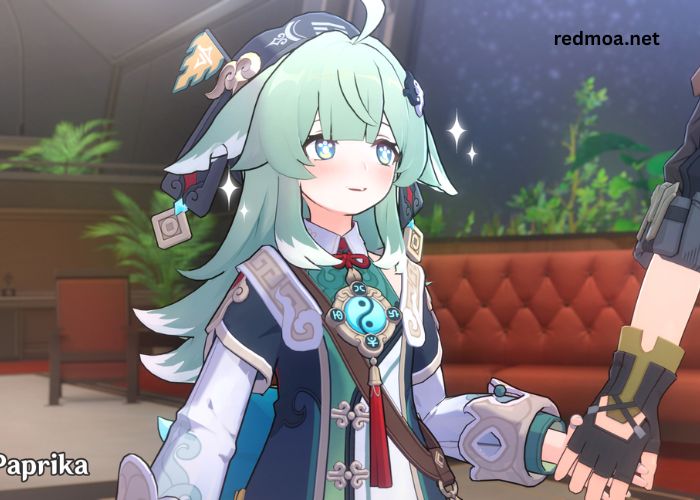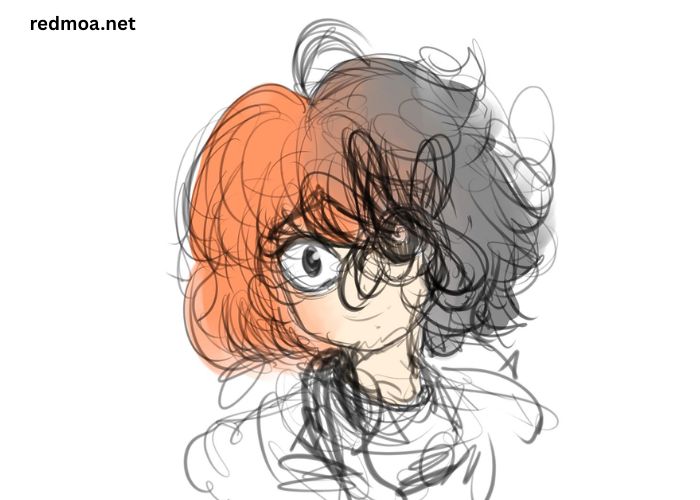In the world of gaming, adventure genres often captivate players by offering new and exciting ways to experience challenges, growth, and victory. One such captivating game is Barbftr, a thrilling clone adventure where players find themselves entangled in a web of internal enemies. These enemies are not external forces or alien invaders but are hidden within the very structure of the clone world, making it an intricate and suspense-filled journey.
Barbftr offers a unique twist on the traditional clone adventure genre. The game presents a complex narrative where players must navigate through a world filled with deception, betrayal, and enemies that come from within. The game’s premise is centered on internal conflicts, where the clones themselves pose a challenge. Players are tasked with identifying, confronting, and overcoming these internal enemies, leading to a game that tests both strategy and emotional resilience.
In this blog, we’ll explore the key elements of Barbftr, how internal enemies play a critical role in the game, and why it stands out in the world of clone-based adventure games.
Key points to know:
- Barbftr is a clone adventure game centered around internal enemies.
- The game focuses on strategy, exploration, and self-discovery.
- The internal conflicts add depth and excitement to the overall gameplay.
What Are Internal Enemies in Barbftr?
In Barbftr, internal enemies are not simply adversaries that players encounter outside of their own ranks. Instead, they are enemies that are built into the very fabric of the clones’ existence. These enemies come from within the clone’s own body, mind, or system, creating a more complex challenge. The game uses the concept of internal enemies to represent everything from psychological battles to glitches and malfunctions within the clone’s neural programming.
The internal enemies can manifest in various forms—mental challenges, emotional conflicts, or even literal malfunctions within the clone’s systems. For instance, a clone might experience a breakdown of its moral compass, leading to betrayal from within. This creates a sense of paranoia, as players are never quite sure who they can trust within their own ranks. This dynamic forces players to be strategic not only in combat but also in their decisions and alliances.
Players are pushed to confront these internal conflicts head-on, solving problems from within and learning about themselves and their environment. This adds a rich layer to the narrative that goes beyond traditional external conflicts in other adventure games.
| Internal Enemy Type | Description | Challenge It Poses |
| Psychological Enemies | Doubt, confusion, and distrust planted in the clone’s mind. | Players must decipher reality from illusion. |
| System Malfunctions | Technical issues within the clone’s body or mind. | The clone’s body or functions may betray the player. |
| Emotional Conflict | Emotional battles that affect decision-making. | Managing relationships with allies and foes. |
Note: Internal enemies not only serve as combat challenges but also test the player’s emotional intelligence and decision-making abilities.
How Do Internal Enemies Impact Gameplay in Barbftr?
The concept of internal enemies drastically impacts the gameplay in Barbftr. Unlike traditional games where players face external enemies in battle or exploration, Barbftr forces players to deal with enemies that come from within. These internal enemies aren’t easily defeated with brute force or simple combat tactics—they require a deep understanding of the clone’s world and its systems.
For example, players might encounter glitches within the clone’s neural network that cause disorientation or miscommunication with allies. These issues can lead to serious consequences, such as misdirected commands or misunderstandings that alter the course of the game. The player must solve these problems by correcting the glitches or overcoming the psychological sabotage of internal enemies.
These internal conflicts also affect the clone’s development. As players progress through the game, they must make decisions that influence the clone’s growth and interactions. Every action taken against an internal enemy could either strengthen the clone or cause more problems in the future. This adds a level of depth and replayability to the game, as players can choose different paths and explore various outcomes based on how they handle internal enemies.
| Gameplay Aspect | Internal Enemy Impact | How It Alters the Game |
| Strategy and Combat | Players must adapt to unexpected malfunctions and betrayals. | Requires strategic thinking to overcome not just enemies but also internal breakdowns. |
| Character Development | Internal conflicts shape the character’s personality and decisions. | Leads to unique growth paths depending on player choices. |
| Narrative Progression | The resolution of internal enemies affects the storyline. | Alters the game’s ending based on how the player handles conflicts. |
Reminder: Internal enemies shape not only the gameplay but also the narrative journey, offering players an immersive and multi-dimensional experience.
How Do Internal Enemies Reflect Real-World Struggles?
What makes Barbftr particularly interesting is how its portrayal of internal enemies mirrors real-world struggles. While the game is set in a science fiction world with advanced technology and clones, the internal conflicts it presents are very much grounded in human experiences. Issues like self-doubt, emotional manipulation, and the struggle to trust others are themes that players can relate to, even within the context of a futuristic setting.
The concept of internal enemies also resonates with broader themes of mental health, identity, and the challenge of overcoming personal obstacles. Players are forced to confront not just external threats, but their own limitations and vulnerabilities. This makes the game more than just an action-packed adventure—it becomes a story of personal growth and resilience.
By focusing on internal struggles, Barbftr encourages players to examine their own lives, decisions, and the consequences of their actions. It provides a powerful narrative tool for exploring themes that are often overlooked in traditional adventure games.
What Makes Barbftr Stand Out from Other Clone Adventures?
In the crowded world of clone-based adventure games, Barbftr distinguishes itself by its deep focus on internal conflict and the psychological aspect of clone development. While many clone adventure games focus on external enemies, battles, or exploration, Barbftr uses internal enemies to add complexity to the storyline. The blend of external action with internal psychological and emotional battles provides a unique, rich experience.
Another feature that sets Barbftr apart is its narrative depth. Unlike other adventure games where the plot focuses on simple missions or quests, Barbftr explores themes of trust, betrayal, and personal growth. These themes are not only central to the gameplay but also help shape the character’s evolution throughout the game.
Furthermore, the graphical and storytelling elements in Barbftr are top-notch, with vivid character designs and a storyline that keeps players on the edge of their seats. The game succeeds in combining traditional adventure elements with a deeper psychological narrative, making it a standout choice for fans of both action and thoughtful storytelling.
Conclusion
Barbftr is more than just a clone adventure game; it’s a compelling experience that delves into the intricacies of internal conflict and personal growth. By focusing on internal enemies—whether they be glitches, psychological manipulations, or emotional battles—the game provides players with a unique challenge that tests both their strategic thinking and emotional intelligence. The complex narrative and immersive gameplay make Barbftr an adventure worth experiencing, offering depth and replayability that will keep players coming back for more.
As players navigate this thrilling journey, they’ll uncover hidden enemies within themselves and the clone world, all while being immersed in a compelling story. If you’re looking for a clone-based adventure game that offers more than just battles, Barbftr is the perfect choice for you.
FAQ’s
- What are internal enemies in Barbftr?
Internal enemies in Barbftr are challenges that come from within the clone’s own body, mind, or systems, such as psychological conflicts or glitches. - How do internal enemies affect the gameplay?
Internal enemies alter the clone’s abilities, force players to make strategic decisions, and impact the character’s development and storyline progression. - What makes Barbftr different from other clone-based games?
Barbftr focuses on internal conflict, emotional struggles, and psychological battles, offering a deeper and more immersive experience compared to traditional clone adventure games. - Can the clone’s development be changed?
Yes, the clone’s development is shaped by the player’s choices, including how they handle internal conflicts and enemies throughout the game. - Is Barbftr suitable for players interested in deep narratives?
Absolutely! The game offers a rich narrative focused on personal growth, trust, and betrayal, making it perfect for players who enjoy emotionally engaging stories.





